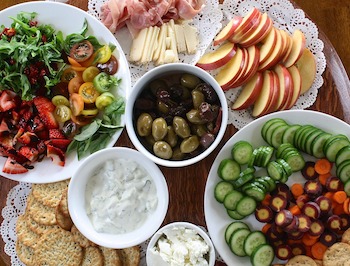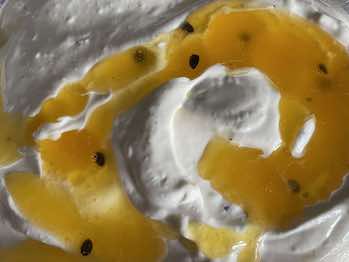Whether you’re a professional chef or a home cook, good food hygiene is essential for your own safety and the safety of those you cook for.
We all have standards when we go out to eat (and many of us have been shocked by the state of certain professional kitchens on shows like Gordon Ramsay’s Kitchen Nightmares) but it’s easy to let standards slip in our own homes if we are not careful – and the consequences can be just as deadly.
Although often shrugged off as a mild illness which is simply the result of a dodgy takeaway, food poisoning can easily happen at home and can be very dangerous especially for young children, who comprise as many as 125,000 food poisoning deaths a year. This makes it all the more important that we apply the same hygiene principles to our kitchens at home, that we would for a restaurant.
Here, we’ve collected the essentials on food hygiene for home cooks and chefs alike, so you can keep your kitchen a safe place for your nearest and dearest.
Facts on food poisoning
• Food poisoning accounts for 420,000 deaths annually, almost a third of which (125,000) are children
• 1 in 10 of the world’s population becomes sick with food poisoning each year
• This results in an overall loss of 33 million healthy life years (DALYs) annually
• 11 million workdays are lost every year in the UK alone
• 50% of people with Infectious Intestinal Disease (IID) took time o? work or school
• Norovirus and Campylobacter are the most common food-borne pathogens in the UK
• You are twice as likely to get food poisoning at a restaurant than at home
Cleaning rotas
If you’re a home cook, organising a cleaning checklist or rota is a great way to ensure that you stay on top of all the cleaning jobs; and if you’re working in a professional kitchen, you should already have one of these.
Divide the household tasks into daily, weekly, or monthly tasks, so you can see how regularly each job needs doing. For reference, anything you cook on should be cleaned daily, including the oven, vents, surfaces, and any fryers or appliances.
You should also clean your floors lightly every day, with deeper cleans at weekly and monthly intervals. The fridge should be checked and emptied each day to prevent contamination.
Fridge
Another risk point for food contamination is your fridge. When food cools down, it often results in water leaking from its structure. This water carries pathogens, which may cause food contamination and disease.
In particular, raw meat has a high risk of causing food poisoning and can often leak water and blood onto other food near it. As such, it is of crucial importance that you store your meat on the bottom shelf, and do not place other foods near it (particularly foods that may be eaten raw such as fruit and vegetables).
Chilled food should be refrigerated at 8°C or below, or frozen at -18°C as a minimum. Pre-frozen foods should not be defrosted then refrozen, as this can cause bacterial colonies to grow.
Cupboards
Foods stored at an ambient temperature are usually less prone to serious issues like food poisoning. But you can extend the life of your cupboard ingredients by tightly wrapping or resealing them once they have been opened.
Utensil separation
Using the same knife or chopping board for raw meat and fresh vegetables may lead to cross-contamination, which can help serious pathogens such as salmonella to spread and cause illness.
To avoid cross-contamination, ideally you should use separate utensils for raw meat and vegetables, or at the very least, wash your cooking implements in hot soapy water between ingredients. You should not have raw meat and fresh vegetables on the same surface at once.
Personal hygiene
Hair should always be clean and tied back when you are preparing food. This is because hair in your food can carry disease-causing microorganisms such as Staph Aureus, which is a type of bacteria that can cause serious infections.
Hair can cause physical harm to your digestive tract, as well as potential transmission of food-borne illnesses like cholera and typhoid. Also, it is considered a microbiological contaminant, as hair contamination in food can lead to the growth of biological pathogenic colonies.
Similarly, long, or false nails can also be a breeding ground for bacteria and pathogenic activity, as they are more difficult to clean. Ideally, nails should be kept short and clean. If this is not possible, wearing medical gloves over long or false nails is a viable alternative, but gloves should be changed after using raw meat.
Long hair or beards should be kept tied back or in a hair/beard net.
Environmental health issues
Any cuts should be covered with a blue plaster to prevent microbial spread. The blue also allows the plaster to be clearly visible if it should fall of.
You should avoid preparing or working with food if you have a transmissible skin infection, to prevent contamination of the food and cooking areas.
Wearing gloves may also help to reduce exposure to water, irritants, and allergens.
If you’re able to integrate food hygiene tips into your normal cooking routines, they should help you and those around you to stay healthier, safer, and more sanitary while preparing your meals.
By Alex B.













